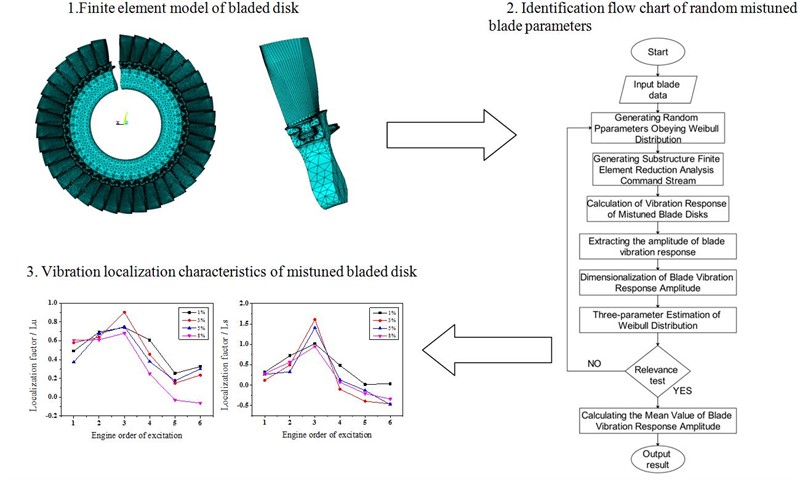Sculpture, the art of creating three-dimensional forms, has been a key element of human expression for centuries. It has been used to reflect cultural, religious, and political ideals, to beautify public spaces and to pay homage to great figures. As the world has evolved, so has the technology we use to create and appreciate art. Enter the Monte Carlo Method; a mathematical technique originally developed to understand nuclear explosions, now being applied to everything from finance to art.

What is the Monte Carlo Method?
The Monte Carlo Method is a mathematical technique that involves the use of random numbers and probability calculations to model complex systems. It is a statistical simulation which involves thousands of computer simulations of an event in order to assess the likelihood of certain outcomes. Though originally developed for nuclear explosions, this method is now widely used in finance, physics, engineering and other fields to model various scenarios.
The Monte Carlo Method and Sculpture
Sculpture, with its intricate forms and dimensions, can be a challenging art form to value. The Monte Carlo method, however, provides a way of measuring the value of a sculpture by taking into account various factors, such as its material, size, and historical significance. By understanding the factors that contribute to the value of a sculpture, collectors, curators and art investors can make informed decisions regarding their purchase and sale.
For instance, the method can be used to value the worth of the iconic sculptures of Michelangelo’s David or Auguste Rodin's The Thinker. Size, material, detail, location and historical significance are all vital factors that are taken into account when valuing a sculpture. Using Monte Carlo simulations, art experts can calculate the potential value of these pieces with greater accuracy.
Furthermore, the Monte Carlo method can also be used to create new sculptures. By using this method, artists can simulate the properties of the clay or metal being used, and simulate the process of sculpting a new piece prior to starting work. This allows them to create and refine their work in a virtual setting, before investing time and resources in the physical creation process. Essentially, this method can give artists more flexibility and enable them to create works with more precision, resulting in better quality and streamlined production.
Conclusion
Sculpture is an art form that has stood the test of time, and as technology advances, so does the ability to appreciate and value these artistic creations. The Monte Carlo Method is a mathematical technique that can be used to model and value various systems, including sculpture. It is a powerful tool for artists, collectors, curators and investors alike as it can assist in predicting the potential value of works, as well as simulate the creation of new pieces with greater accuracy. As such, it is a technique that is set to revolutionize the world of art, as we know it.
Keywords: Monte Carlo Method, Sculpture, Valuation, Artistic Beauty, Probability Calculations, Simulations, Michelangelo, Auguste Rodin, Creation Process.